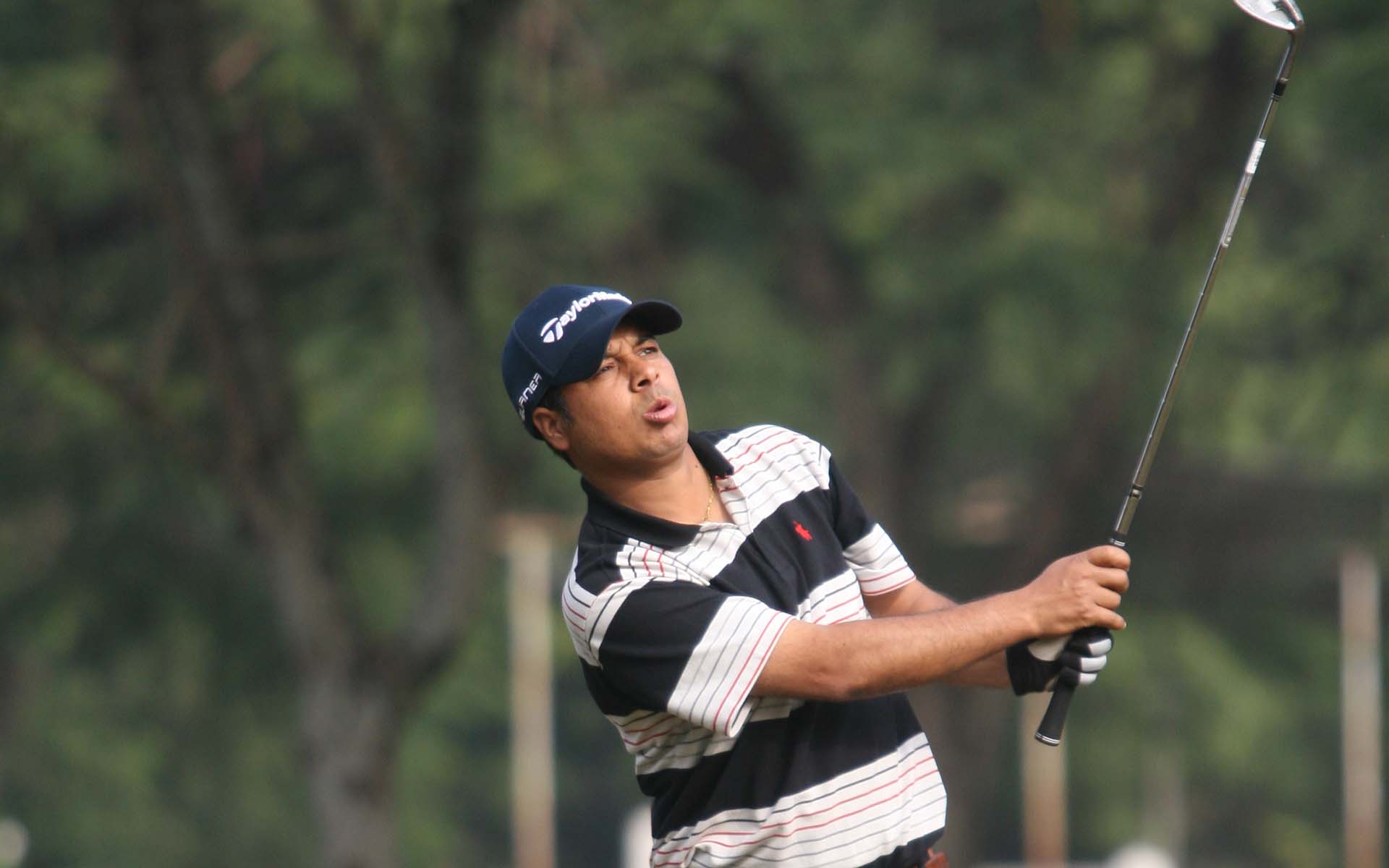

 19.12°C काठमाडौं
19.12°C काठमाडौं

Golf is more than just a sport—it is a culture, a community, and, in many cases, a quiet but powerful form of diplomacy. What makes golf unique is that it is inclusive, adaptable, and enduring. You can play it at almost any age and at any skill level. A 20-year-old novice can play alongside a 60-year-old veteran and enjoy the game equally. But what truly sets golf apart from other sports is its social nature. Players walk together between shots, engage in light conversation, and build rapport in a relaxed setting—something you can’t quite achieve within the confines of a boardroom.
This informal, unhurried environment has made golf a preferred activity for many corporate leaders, politicians, and diplomats across the globe. It’s not just about playing a round—it’s about the conversations that happen between the swings, the handshakes sealed on the greens, and the relationships fostered over a shared love of the game. Golf, in this way, becomes a powerful soft tool for diplomacy and economic networking.
In countries across Southeast Asia and beyond, golf has become deeply integrated into the fabric of leadership and statecraft. For instance, during the ASEAN Summits, it is not uncommon for top political leaders to engage in a ceremonial or casual round of golf. In fact, it has become somewhat of a tradition. These rounds often provide an opportunity for leaders to engage in informal discussions, bypassing protocol-heavy meetings and instead fostering candid dialogue on the fairways. In many cases, it is on the golf course—not in the formal plenary halls—where breakthroughs in understanding or new perspectives are achieved.
Perhaps one of the most publicized examples of golf diplomacy in recent history was the round played between U.S. President Donald Trump and Japanese Prime Minister Shinzo Abe. The media dubbed it “Golf Diplomacy” as the two leaders used the occasion to strengthen ties between their countries in a relaxed, friendly atmosphere. Cameras may not have captured their exact conversations, but the message was clear: diplomacy doesn’t always require a podium or a press conference. Sometimes, all it takes is a golf cart and a shared tee time.
Even in our own context, there are notable examples. I recall seeing a few of Nepal’s former Foreign Ministers playing golf with ambassadors in Kathmandu—not just casual games, but diplomatic engagements subtly woven into sport. Likewise, I remember former Crown Prince Paras taking part in the U.S. Ambassador’s Cup, playing alongside the U.S. Ambassador. Though marked by camaraderie, such events often serve as informal yet powerful platforms for dialogue—conversations that might never unfold within the formal confines of government halls.
The appeal of golf for such interactions lies in the very essence of the game. Played over a course that spans several kilometers—often around 8 to 10 km—golf combines gentle physical activity with time for reflection and uninterrupted conversation. The lush greens, open skies, and serene surroundings tend to lower defenses and open up minds, making it easier for people to listen, exchange ideas, and even resolve conflicts.
Many countries actively encourage their diplomats to take up golf for this reason. Beyond offering an alternative platform for bilateral conversations, golf brings diplomats into contact with the “right kind” of people—business leaders, entrepreneurs, investors, and cultural influencers. The network built on a golf course is one that can go a long way in fostering not just diplomatic goodwill but also economic partnerships and international collaboration.
Nepal, as it positions itself to leapfrog into a new era of economic development, could harness the potential of golf diplomacy. With more Nepali diplomats, business leaders, and politicians engaging in the sport, we can open new doors for foreign investment, tourism partnerships, and regional cooperation. Golf tourism itself is a growing global trend—countries like Thailand, Vietnam, and Indonesia have capitalized on it successfully. Nepal, with its scenic courses and ideal weather for much of the year, could easily find a niche in this market while using golf to strengthen international ties.
Of course, we must first work on building a stronger golfing culture domestically. This includes improving infrastructure, hosting international tournaments, and integrating golf into our broader tourism and development strategy. But most importantly, it involves a mindset shift—recognizing that diplomacy and dialogue don’t have to be confined to formal events. A round of golf could very well be the setting for Nepal’s next major trade agreement, diplomatic breakthrough, or investment deal.
In conclusion, golf is more than a game—it is a platform for personal connection, a stage for soft diplomacy, and a bridge between cultures. Whether among world leaders at international summits or ambassadors in Kathmandu, the sport continues to prove its unique value in shaping relationships and resolving differences. Nepal would do well to embrace this subtle but powerful tool, not just for sport, but for the strategic advantages it offers.